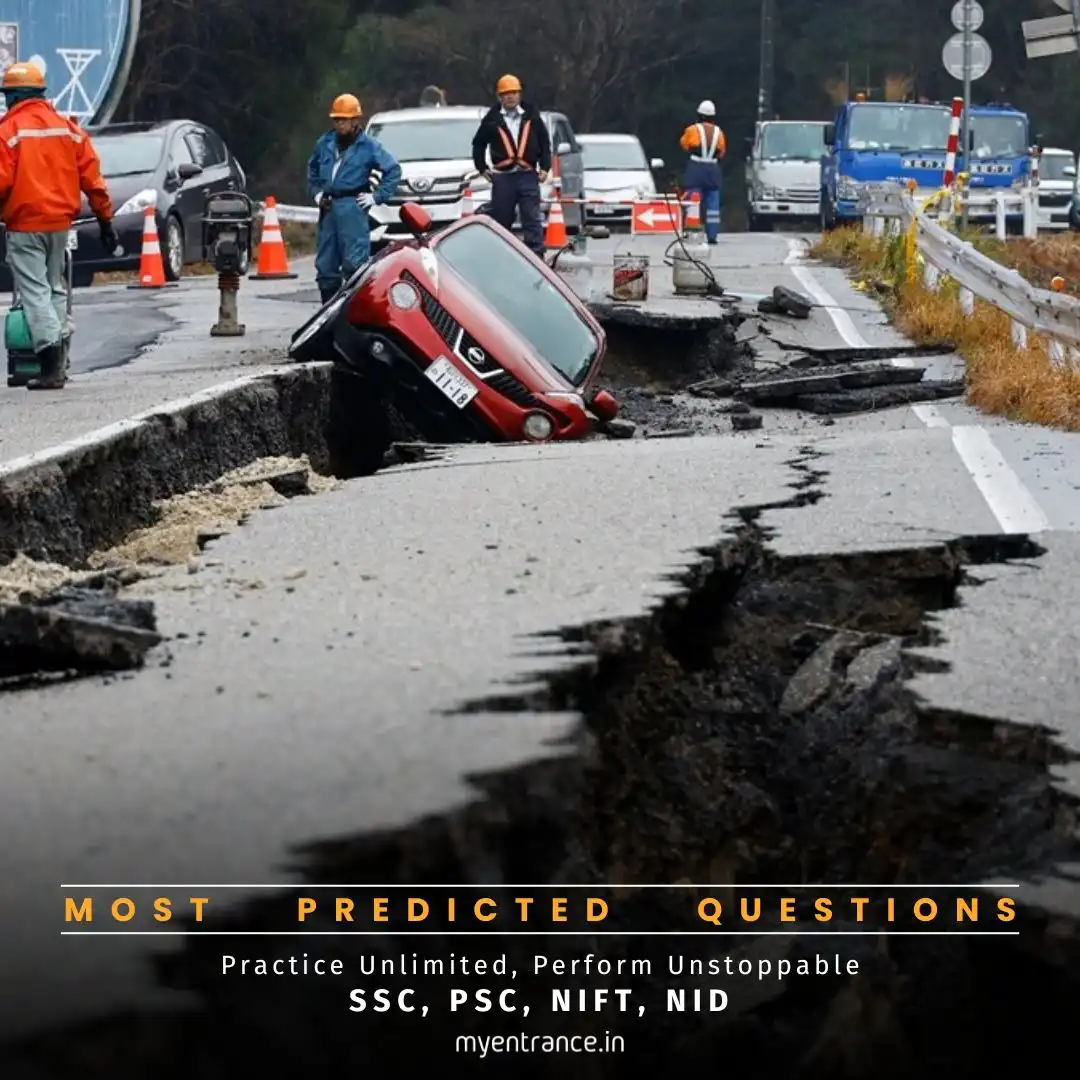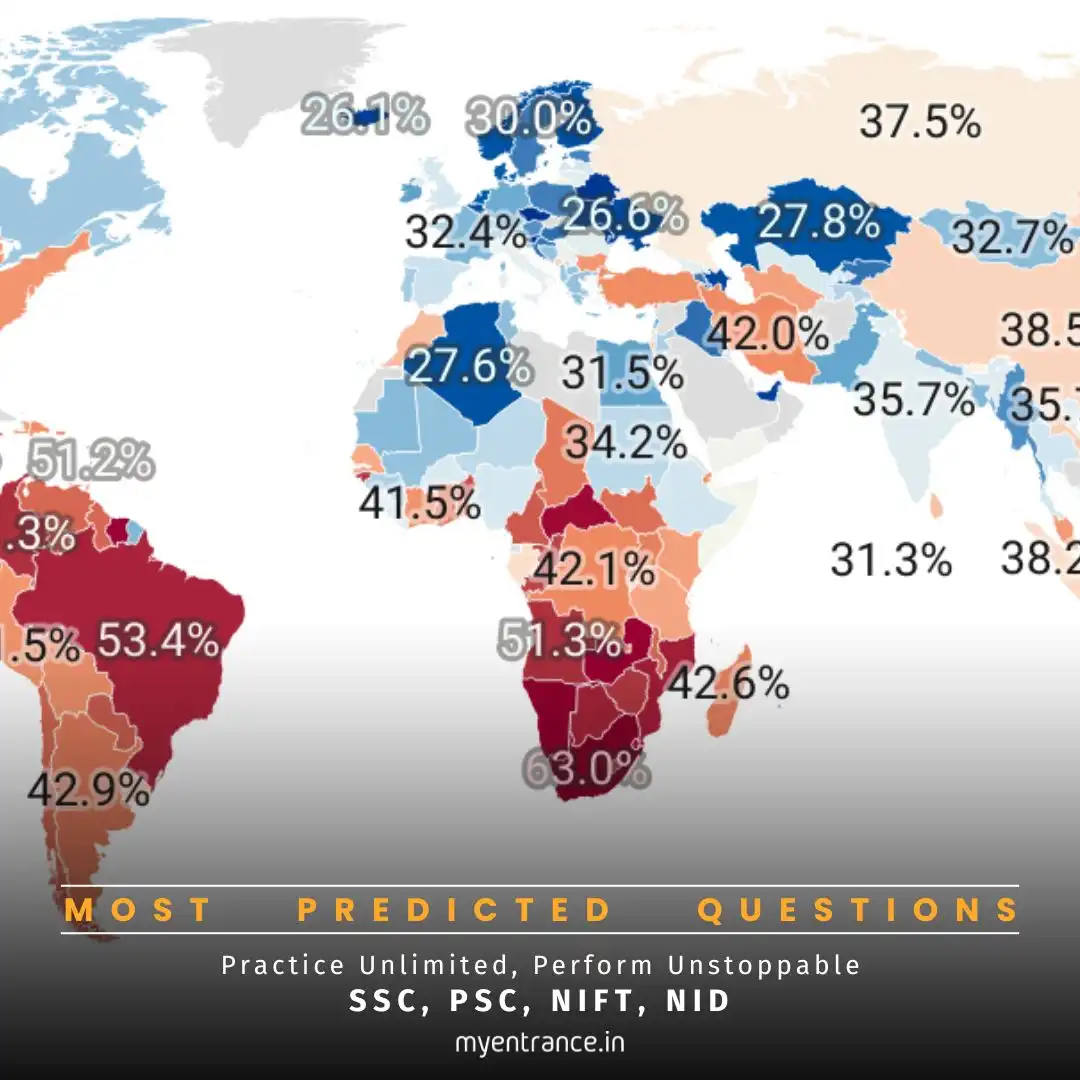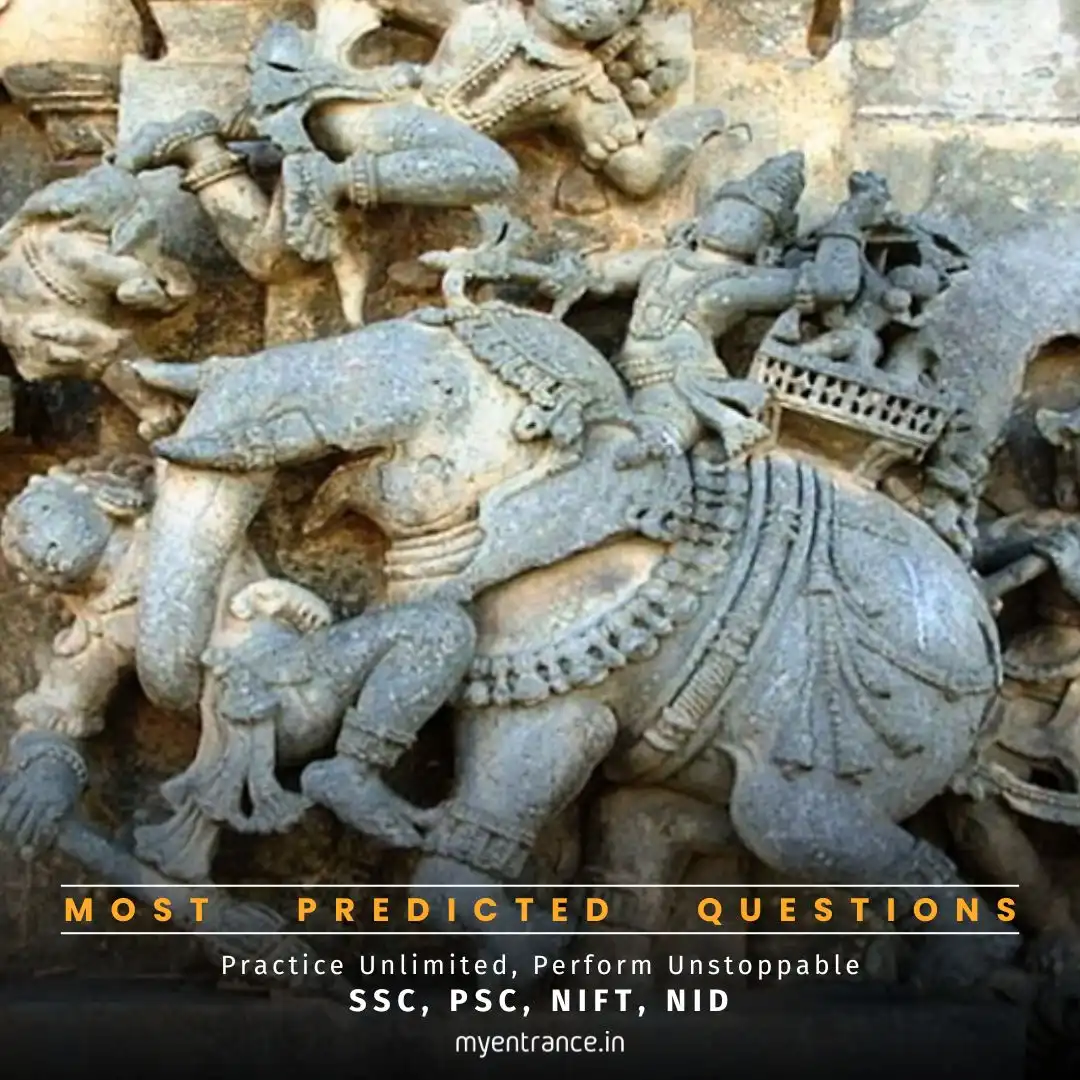Select Language
Why Does Japan Face Constant Earthquake Threats?
Japan faces renewed earthquake warnings after a significant tremor near Kyushu, part of over 1,000 recent shakes. This isn’t random – it’s deeply tied to the nation’s position on our planet’s most active seismic zone.

The Science Behind the Shaking:
Japan’s recent seismic activity, including a strong 5.5-magnitude quake making standing difficult and triggering evacuations, underscores a constant geological reality. But why does this happen?
Earthquake Basics: An earthquake is the intense shaking of the ground resulting from the sudden release of energy stored in the Earth’s crust. Imagine immense slabs of rock (tectonic plates) constantly, slowly grinding against each other. Their rough edges often get “stuck,” building up massive pressure over time. When that pressure finally overcomes the friction and the plates suddenly slip past each other, that’s an earthquake. The stored energy explodes outwards as seismic waves.
Measuring the Might: The power of earthquakes is quantified using scales like the Richter Scale (measuring the energy released at the source) or the Moment Magnitude Scale (now more common for larger quakes). Intensity, describing the shaking effects at a specific location, is often measured using scales like the Modified Mercalli Intensity Scale.
Global Hotspots: Earthquakes aren’t random. They cluster along specific belts where tectonic plates meet:
The Pacific Ring of Fire: Encircling the Pacific Ocean, this is the most active zone, responsible for about 90% of the world’s quakes and home to most active volcanoes (including Japan’s).
The Alpide Belt (Mid-Continental Belt): Stretching from the Mediterranean through the Himalayas and into Southeast Asia.
The Mid-Atlantic Ridge: A mostly submerged mountain range where plates are pulling apart.
Impact: Earthquakes can be devastating, causing:
Ground shaking and rupture
Landslides and avalanches
Tsunamis (if the quake occurs under the ocean)
Building collapses and infrastructure damage
Fires and secondary hazards
Why Japan is Earthquake Central: The Ring of Fire Factor
Japan’s precarious position directly on the Pacific Ring of Fire is the primary reason for its frequent earthquakes, tsunamis, and volcanic activity. This “Ring” is an immense, horseshoe-shaped zone bordering the Pacific Ocean, defined by intense tectonic activity.
Japan sits at a complex junction where several massive plates collide: the Pacific Plate dives beneath the Eurasian Plate and the Philippine Sea Plate, while the North American Plate also plays a role nearby.
This relentless grinding, subduction (one plate sliding under another), and collision build up enormous stress along faults. When this stress is suddenly released – snap! – an earthquake occurs. This geological setting makes Japan one of the most seismically active countries on Earth.
Test Your Knowledge: Sample Questions & Answers
Q: Which major seismic belt is responsible for the majority of the world’s earthquakes and volcanic activity, and where is Japan located within it?
A: The Pacific Ring of Fire. Japan is situated directly on this belt, at a convergence point of several tectonic plates (Pacific, Eurasian, Philippine Sea).
Q: Differentiate between the ‘hypocenter’ and ‘epicenter’ of an earthquake.
A: The hypocenter (or focus) is the actual point below the Earth’s surface where the rupture begins and seismic energy is released. The epicenter is the point directly above the hypocenter on the Earth’s surface.
Q: Name the two primary scales used to measure earthquakes and briefly state what each measures.
A: The Richter Scale (and the more modern Moment Magnitude Scale) measure the magnitude (total energy released) at the earthquake’s source. The Modified Mercalli Intensity Scale measures the intensity (observed effects and damage) at specific locations on the surface.
Q: Why is the Himalayan region in India classified as a high seismic risk zone (Zone IV/V)?
A: The Himalayas are formed by the ongoing collision between the Indian Plate and the Eurasian Plate. This immense tectonic pressure building up along the boundary makes the region highly prone to major earthquakes.
Q: What is the primary geological reason for Japan experiencing frequent earthquakes and tsunamis?
A: Japan’s location on the Pacific Ring of Fire, specifically at the complex junction where the Pacific Plate subducts beneath the Eurasian and Philippine Sea Plates. This plate movement generates immense seismic and volcanic activity.
Get 3 Months Free Access for SSC, PSC, NIFT & NID
Boost your exam prep!
Use offer code WELCOME28 to get 3 months free subscription. Start preparing today!















